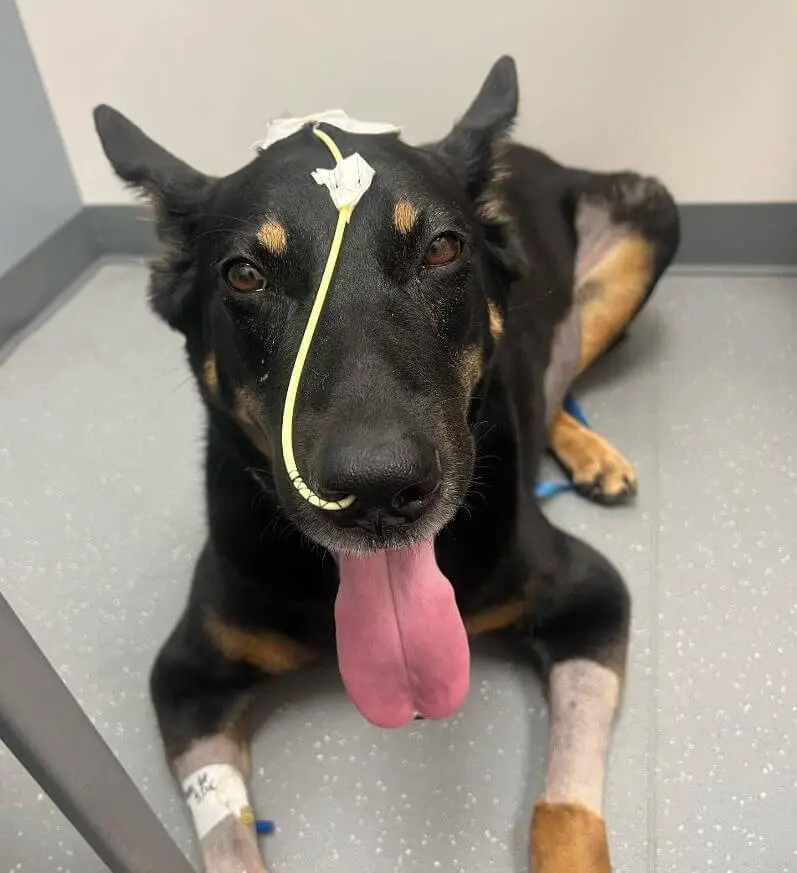Anemia in dogs is a medical condition that can affect our beloved pets. Understanding the causes, symptoms, diagnosis, treatment options, and preventive measures for anemia is essential for responsible pet ownership. In this article, we will delve into the world of anemia in dogs, helping you recognize the signs and providing insights into managing your dog’s health.

Understanding Anemia in Dogs:
Anemia is a condition characterized by a lower than normal red blood cell count or a decreased concentration of hemoglobin in the blood. Hemoglobin is essential for carrying oxygen from the lungs to the body’s tissues. Anemia can be a primary health issue or a symptom of an underlying problem.
Common Causes of Anemia in Dogs:
- Blood Loss: This can occur due to injury, surgery, or internal bleeding from conditions like gastrointestinal ulcers or blood-clotting disorders.
- Red Blood Cell Destruction: Conditions such as autoimmune diseases or inherited disorders can lead to the destruction of red blood cells.
- Nutritional Deficiencies: A lack of essential nutrients like iron or vitamin B12 can result in anemia.
- Chronic Diseases: Conditions like kidney disease, bone marrow disorders, or cancer can affect red blood cell production.

Symptoms of Anemia in Dogs:
Recognizing the signs of anemia is crucial for early intervention:
- Fatigue: Dogs may appear weak, lethargic, and less active than usual.
- Pale Gums: The gums and mucous membranes may appear pale or even white.
- Rapid Breathing: Anemic dogs may exhibit rapid or labored breathing.
- Weight Loss: A decrease in appetite and weight loss can be signs of anemia.
- Yellowing of the Eyes: In cases of hemolysis, where red blood cells are destroyed, the eyes may appear yellow (jaundice).
Diagnosis and Treatment:
- Diagnosis: If you suspect anemia, consult your veterinarian. Diagnosis involves a complete blood count (CBC) and may include further tests to identify the underlying cause.
- Treatment: Treatment depends on the specific cause of anemia. It may involve addressing the underlying condition, blood transfusions, iron supplements, or dietary changes.
Preventive Measures:
While you may not always be able to prevent anemia, you can take steps to promote your dog’s overall health:
- Balanced Diet: Provide a well-balanced diet that meets your dog’s nutritional needs.
- Regular Veterinary Check-ups: Schedule routine visits to your veterinarian to monitor your dog’s health and detect potential issues early.
- Parasite Control: Protect your dog from parasites, which can lead to blood loss and anemia.

Anemia in dogs is a treatable condition, especially when diagnosed and treated promptly. By recognizing the symptoms and seeking veterinary care, you can help your dog recover more quickly. While not all cases of anemia can be prevented, providing your pet with proper nutrition, regular veterinary care, and protection from parasites can contribute to your furry friend’s overall well-being and health.
